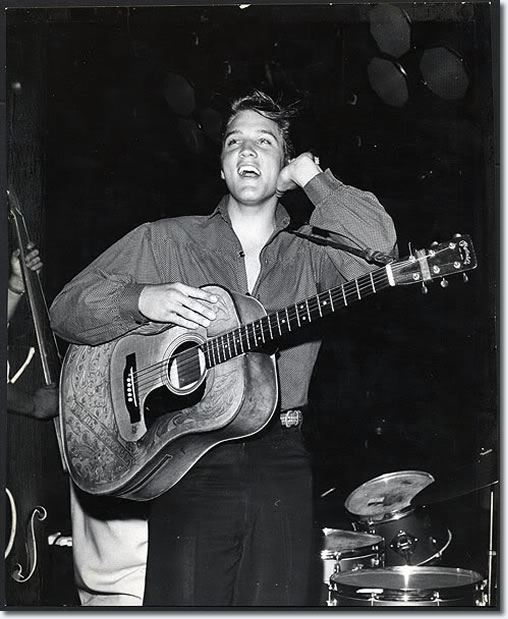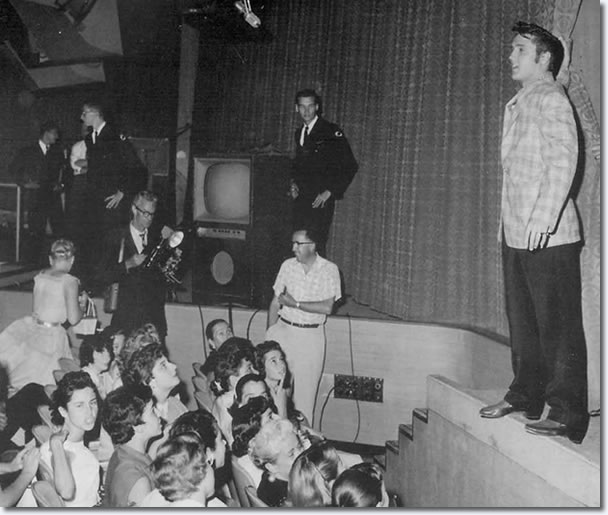

Hi there and welcome to Ado's Blog. I am obsessed with nostalgia, especially 1960s & 1970s nostalgia and I enjoy nothing more than reflecting on days and times that have sadly long since gone! So join me, as I take a nostalgic gander down Memory Lane and celebrate all things past and occasional present, both good and bad! (All images used that are copyrighted are copyrighted to their respective publishers and are only used here for review purposes.)
Friday, 1 July 2011
Blondie - Unseen (1976 - 1980)

Joe 90 Top Secret (No 1)
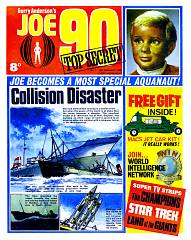
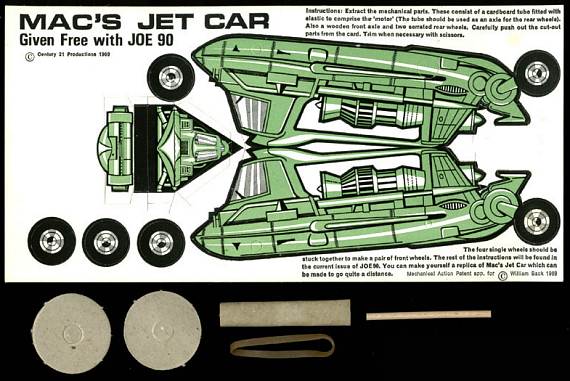
Corrie at 50 - Remembering Hilda Ogden (1964 - 1987)


Actress Jean Alexander quit the role in 1987 after 23 years, but was persuaded to reprise the part in 1990 for a one-off appearance as part of an ITV Telethon. She has also been seen in a spin-off video in 1998, where another long-running character, Betty Williams, visited her at her new home.
Arguably the serial's most popular character of all time, Hilda was voted the greatest TV character in a Radio Times poll of over 5,000 people. The trademark image of Hilda, adorning hair curlers and a head scarf, has inspired art and catwalk themes. Despite various producers expressing their desire to see the character return, actress Jean Alexander has been openly critical about the direction Coronation Street has taken, vowing never to reprise the role of Hilda again.













Commenting on the screen partnership, actress Jean Alexander has said, "It was a real pleasure working with Bernard Youens, who played my screen husband, Stan. Any success I have had is really down to Bernard because we worked well as a team and each knew how the other would want to play a scene. It was a happy screen partnership but it was strictly professional. We didn't socialise after work."Jean Alexander has stated that the Ogdens were a brilliant set-up: "They were the only couple in the street who were married - permanently. They were the only ones who owned their own house where everyone else rented, they stayed together and didn't stray or have affairs and, yes, they bickered among themselves but let anyone else criticise either of them and they would be up in arms."
In 2002, Hilda and Stan Ogden were voted Britain's top romantic TV couple, in a poll of more than 5,000 people carried out by NTL:Home. They beat off competition from Friends' couple Monica Geller and Chandler Bing and Dot and Jim Branning from EastEnders. In 2005 the couple topped another poll. The Ogdens were voted ITV's favorite TV characters in a survey by Broadcast magazine, which took place to coincide with the 50th anniversary of the network. They beat Minder's Arthur Daley and Prime Suspect's DCI Jane Tennison, who took second and third place respectively

After 23 years playing Hilda, Jean Alexander decided to leave Coronation Street in 1987. According to Alexander in 2010, it was the right time to leave as the writers had run out of ideas for Hilda and as a character, Hilda had run out of steam. She added, "Her other half had gone and she would have just scraped along. I didn't want that." Alexander went to see the show's producer Bill Podmore to inform him she did not want to renew her contract.
Her decision to leave prompted an outcry from fans and a "Save Hilda" campaign was launched, as many did not realise that the actress had made her own decision to depart. Hilda's final scenes in the programme were aired on Christmas Day 1987, when the locals in the Rovers Return joined Hilda in what has been described as a "stirring rendition" of "Wish Me Luck As You Wave Me Goodbye". On-screen, Hilda departed for Derbyshire, to make a new life for herself as the housekeeper for Doctor Lowther. 27 million viewers watched. It remains the highest-rated episode in Coronation Street's history. It has been described as the most moving scene in Coronation Street that did not involve a death. The writer behind the "memorable" episode depicting Hilda Ogden's departure, which attracted a record soap opera audience, was Leslie Duxbury.






Since her departure in 1987, various producers have expressed their desire to see Hilda Ogden back on Coronation Street. In 1990, Jean Alexander reprised the role after two-and-a-half years as part of ITV's 27-hour charity Telethon. The episode showed her visiting Stan's grave. In 1998, the character was resurrected again, as part of a special direct to video film.
However, in 2005, actress Jean Alexander ruled out ever returning to the role of Hilda Ogden, due to Coronation Street's overempahsis on sex and "who's sleeping with whom". She also criticised the soap for not being fun enough and she disapproved of the modern storylines, saying some are allowed to "drag on forever". She added:
| Times have changed and there are things going on in Weatherfield now that Hilda definitely wouldn't have approved of! People keep asking if I will ever go back to the Street but I definitely won't because I don't think it ever really works when people go back again. I know the programme tries to reflect life and in Hilda's time it was more simple and cosy. Today, life and attitudes have changed and permissiveness has crept up on us. So now it is all about who's sleeping with whom. The programme may reflect life, but equally young people are being influenced by what they see in it. Even girls of 13 think they absolutely must have boyfriends, otherwise people will think they aren't normal. Youngsters get rushed into things too quickly before they have had a chance to live. I don't like so much emphasis on sex. I also wish there was more fun inCoronation Street. There used to be much more comedy. And whereas a storyline would usually be played out within three weeks, today certain storylines seem to drag on for ever. I'm glad I was there in those earlier, more gentle years. I enjoyed my time as Hilda and it is lovely that viewers still remember her with such affection. | ||
Jean Alexander - Manchester Evening News | ||
Remembering Clapperboard









The Ed Sullivan Show - Elvis Presley's 1st Appearance
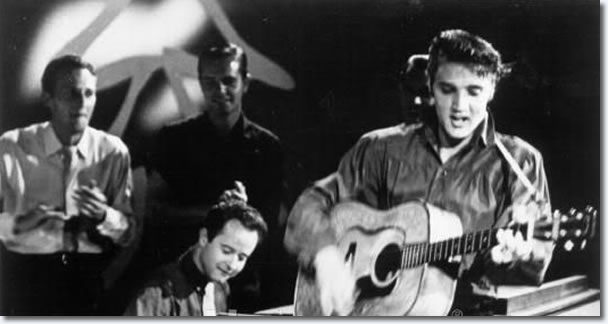
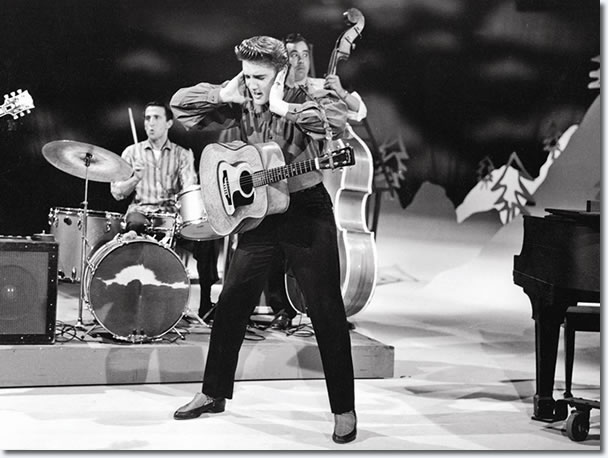
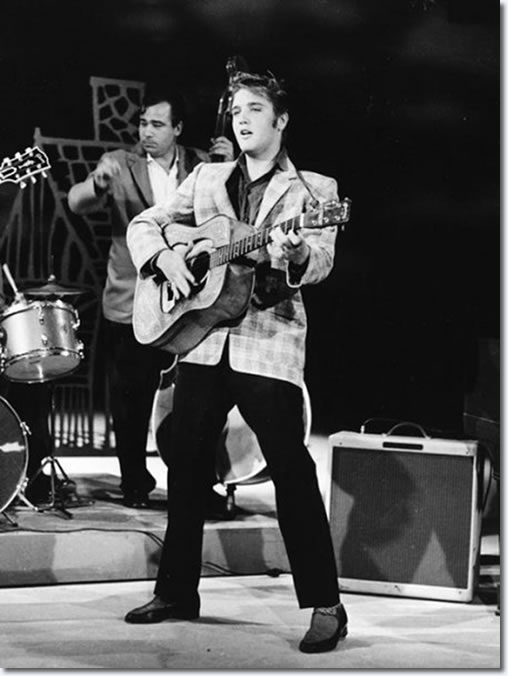
Sullivan's reaction to Presley's performance on the Milton Berle Show was, "I don't know why everybody picked on Presley, I thought the whole show was dirty and vulgar."
Elvis mythology states that Sullivan censored Presley by only shooting him from the waist up. Sullivan may have helped create the myth when he told TV Guide, "as for his gyrations, the whole thing can be controlled with camera shots." In truth Presley's whole body was shown in the first and second shows.
At the time, Presley was filming Love Me Tender, so Sullivan's producer, Marlo Lewis, flew to Los Angeles to supervise the two segments telecast that night from CBS Television history in Hollywood. Sullivan, however, was not able to host his show in New York City because he was recovering from a near fatal automobile accident. Charles Laughton guest-hosted in Sullivan's place. Laughton appeared in front of plaques with gold records and stated, "These gold records, four of them... are a tribute to the fact that four of his recordings have sold, each sold, more than a million copies. And this, by the way, is the first time in record making history that a singer has hit such a mark in such a short time. ...And now, away to Hollywood to meet Elvis Presley."
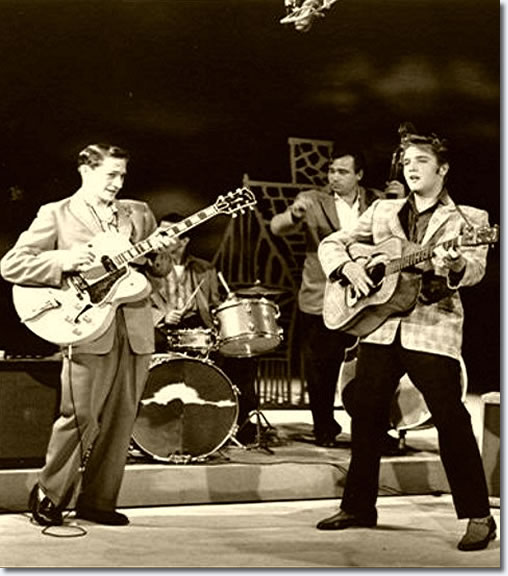
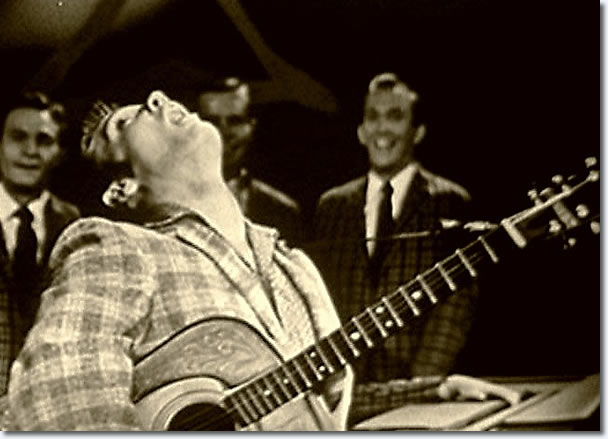
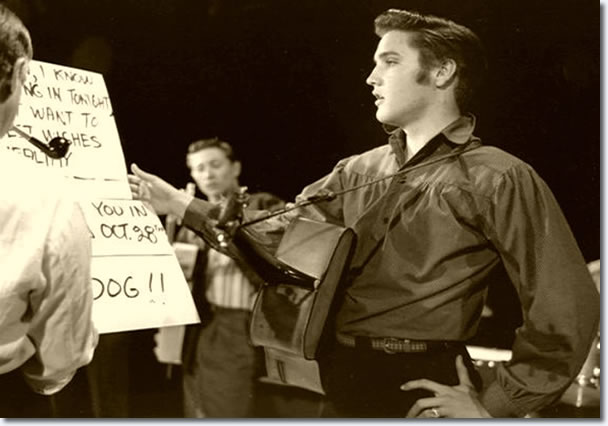
However, according to Greil Marcus, Laughton was the main act of Sullivan's show. "Presley was the headliner, and a Sullivan headliner normally opened the show, but Sullivan was burying him. Laughton had to make the moment invisible: to act as if nobody was actually waiting for anything. He did it instantly, with complete command, with the sort of television presence that some have and some—Steve Allen, or Ed Sullivan himself—don’t."
Host Laughton wrongly introduced the singer as "Elvin Presley". Once on camera, Elvis cleared his throat and said, “Thank you, Mr Laughton, ladies and gentlemen. Wow”, and wiped his brow. “This is probably the greatest honor I’ve ever had in my life. Ah. There’s not much I can say except, it really makes you feel good. We want to thank you from the bottom of our heart. And now..." "Don't Be Cruel", which was, after a short introduction by Elvis, followed by "Love Me Tender" According to Elaine Dundy, Presley sang "Love Me Tender" "straight, subdued and tender ... —a very different Elvis from the one in the Steve Allen Show three months before".
When the camera returned to Laughton, he stated, “Well, well, well well well. Ladies and gentlemen, Elvis Presley. And Mr. Presley, if you are watching this in Hollywood, and I may address myself to you. It has been many a year since any young performer has captured such a wide, and, as we heard tonight, devoted audience.”
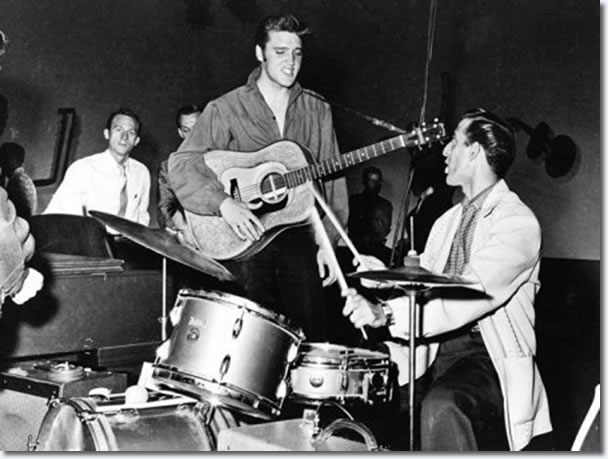
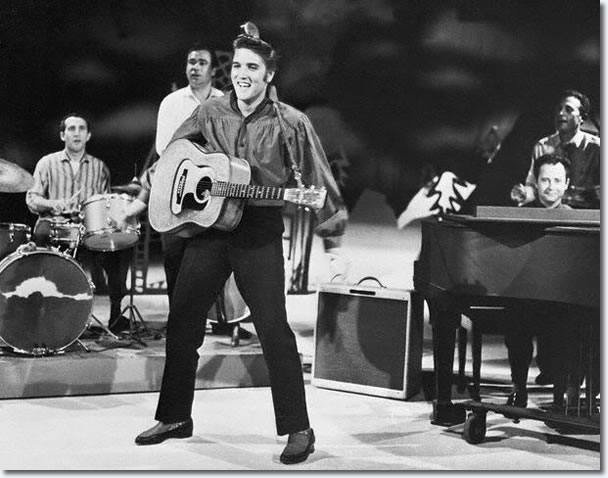
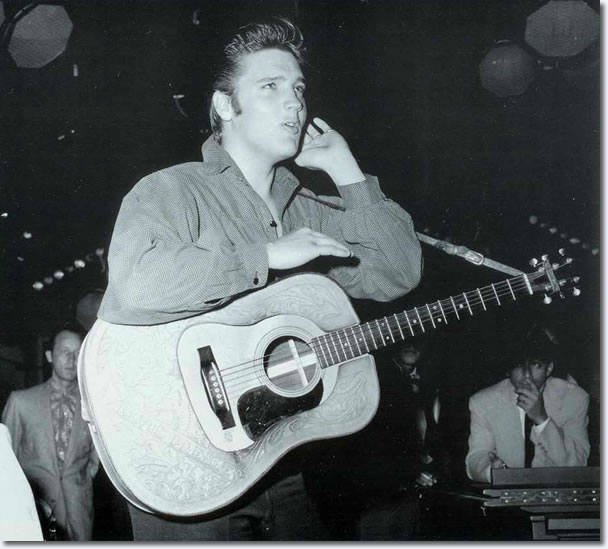
Elvis's second set in the show consisted of "Ready Teddy" and a short on-air comment to Sullivan, "Ah, Mr Sullivan. We know that somewhere out there you are looking in, and, ah, all the boys and myself, and everybody out here, are looking forward to seeing you back on television." Next, Elvis declared, "Friends, as a great philosopher once said, ‘You ain’t nothin’ but a Hound Dog...,' " as he launched into a short (1:07) version of the song.
According to Marcus, "For the first of his two appearances that night, as a performer Elvis had come on dressed in grandma’s nightgown and nightcap." Concerning the singer's second set in the show, the author adds that there were "Elvis, Scotty Moore on guitar, Bill Black on stand-up bass, D. J. Fontana on drums, three Jordanaires on their feet, one at a piano. They were shown from behind; the camera pulled all the way back. They went into 'Ready Teddy.' It was Little Richard’s most thrilling record," however, "there was no way Elvis was going to catch him, but he didn’t have to—the song is a wave and he rode it. Compared to moments on the Dorsey shows, on the Berle show, it was ice cream—Elvis’s face unthreatening, his legs as if in casts ..."When "he sang Little Richard’s 'Reddy Teddy' and began to move and dance, the camera pulled in, so that the television audience saw him from the waist up only."
